Originally recognized as the as St Albans Abbey – St Albans Cathedral is one of the oldest Anglican church in St Albans. This holy site is quite different from other worshipping places in the UK due to its exquisite relativity to the faith.
Here’s the list of top 5 historical facts about St Albans Cathedral that will surely boost holy morale and faith.
- Alban the Saint
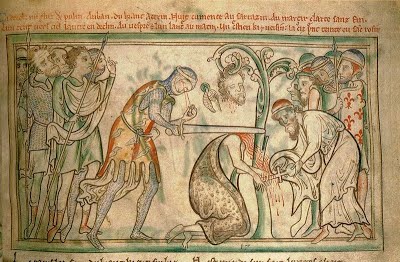
(Photo: Ancient illustration of Saint Alban’s execution)
Alban was a Romano-British citizen lived during the third century in the city of Verulamium during the Roman Civilization. Since Christianity was not the primary religion for Romans, it was difficult for Alban to practice his religion. He used to provide shelter and hide-out to his followers and priests. Upon exposure, Alban turned himself as a priest to save others and was presented before the magistrate who ordered his beheading on-site. That site of execution is what today know as St Albans Cathedral.
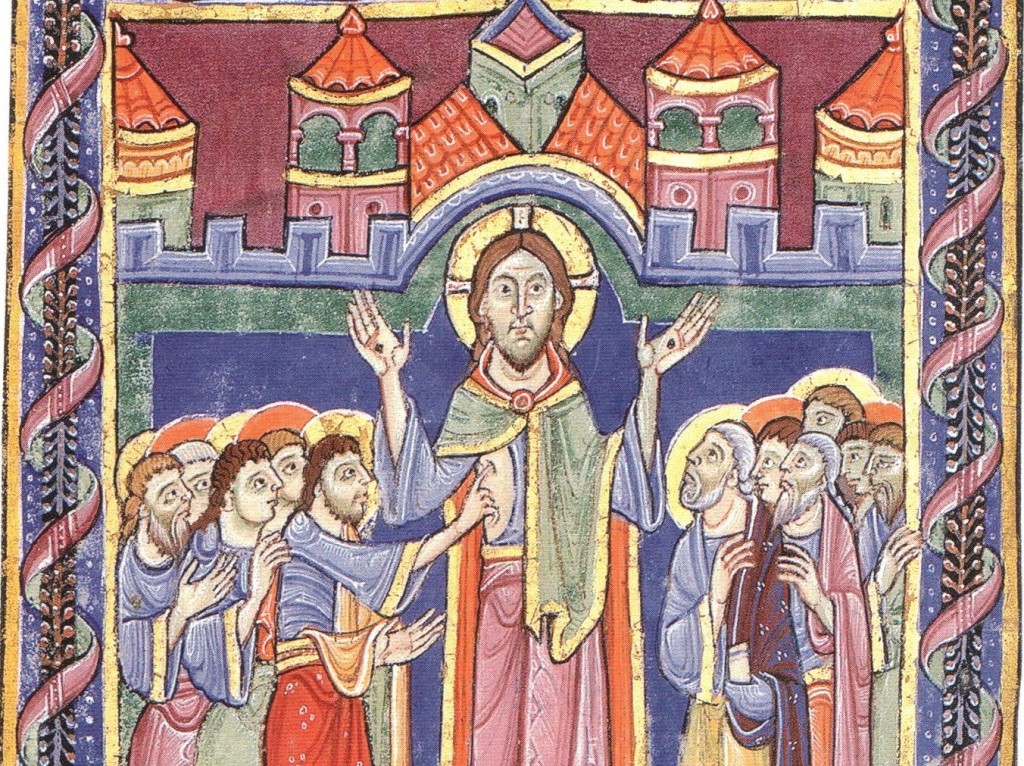
- Oldest Place of Worship
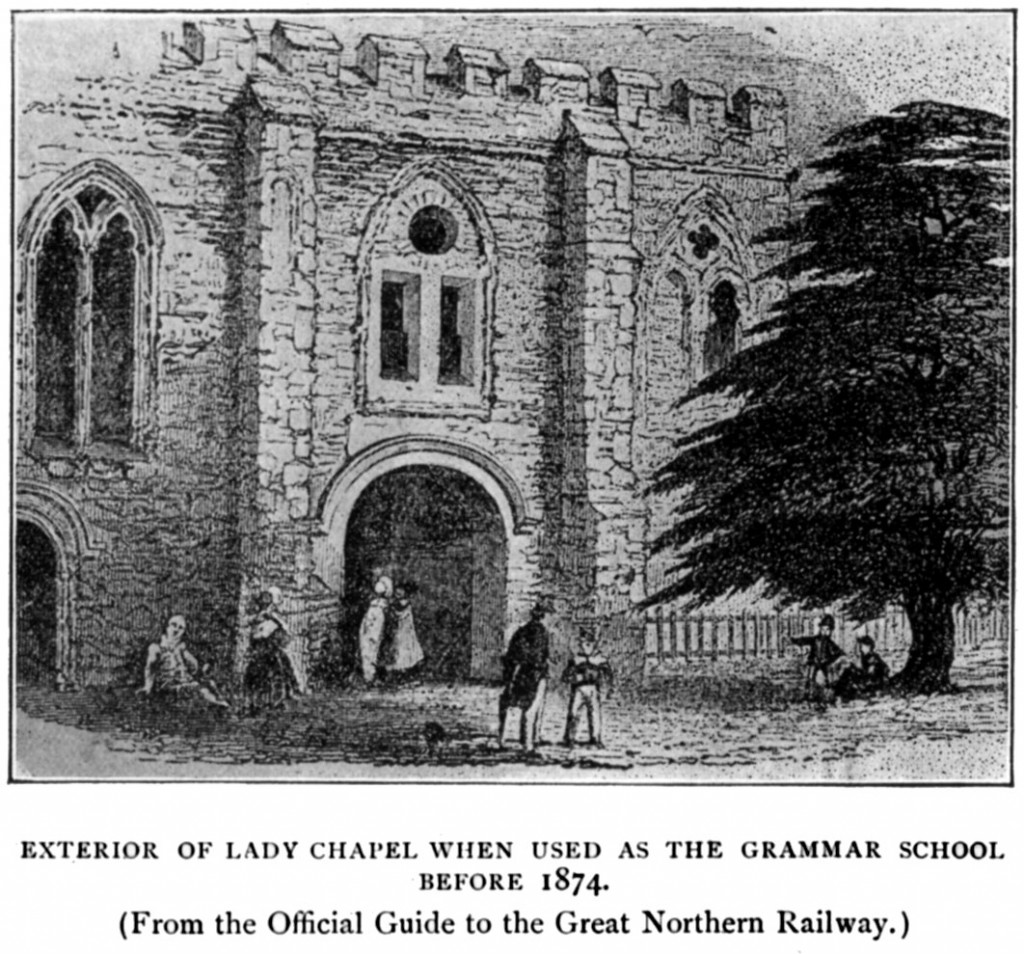
St Albans Cathedral goes back to more than 1700 years. It was said to be the first Abbey Church of St Albans. With the passage of time, this historical site has undergone several constructional modifications which also has turned it into a Cathedral. Thousands of Christians from all over the world come to honour the sacrifices of Saint Alban.
- Place of Persecution
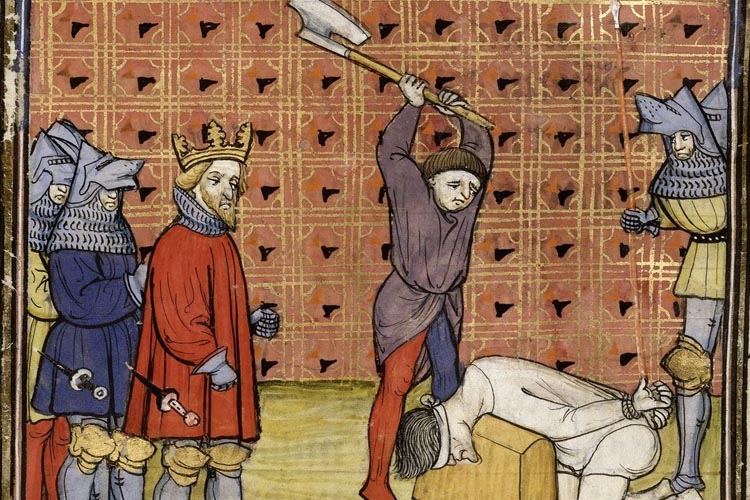
Despite being the place of execution, no one has up till today has the found the original shrine of Saint Alban. Alban was brought up on a hill for his execution but there’s no sign of his shrine anywhere on the hill. The holy historians and witness who write about him, all agreed on the fact that this Cathedral indeed was the site of his execution but no one knows where he was buried. Some say that his shrine is located in the St Michaels due to the presence of Roman bricks that were used for Roman burials. However, it is still not confirmed because many believe his shrine could have been moved.
- Masonry Tower
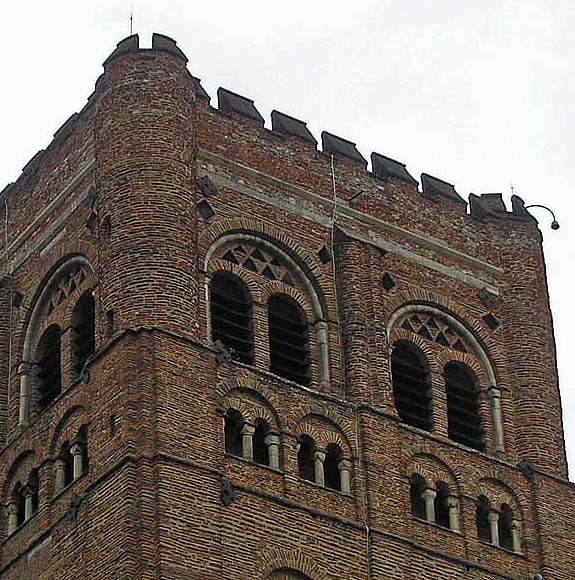
The front tower of the St Albans Cathedral is one of the only things that managed to survive. Despite numerous modification in the building, the tower still has the famous Roman bricks but cannot be spotted through naked eye because it might have either been plastered or completely replaced, no one really knows for sure. Some people deny this fact but putting forth a different theory that if the Roman bricks were replaced or plastered, the tower would have looked like a masonry building (free masons used to plaster their buildings before engravings and markings), which is against Christianity.
- Centre of Education
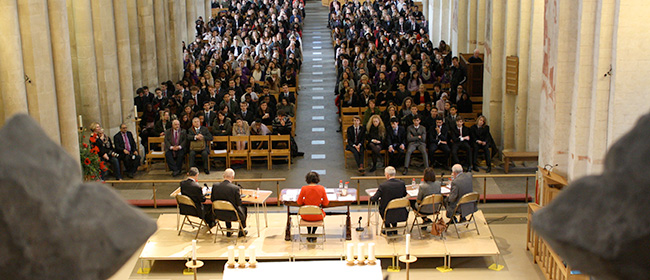
Today, St Albans Cathedral is origin point to 75% of the Christianity. It welcomes more than 14,000 students from all over the world to offer exquisite learning. The Cathedral has also won the prestigious Sandford Award five times. In 2016, the Cathedral expanded its educational region by opening doors for adults and young people. St Albans Cathedral is widely recognized as the birthplace of British Christianity.

Comments are closed.